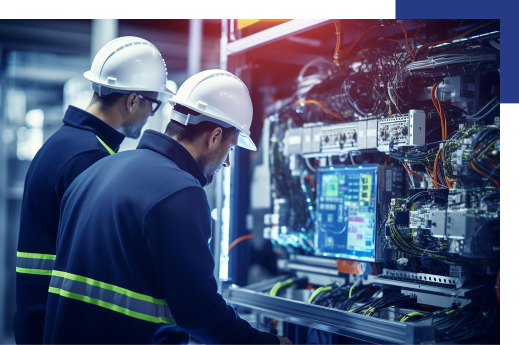Adama Gaye, a Senegalese national, is Vice President of Strategic Growth at Prismecs. Gaye is a
worldwide African figure who has authored books on Africa and geopolitics. A former Director of
communication of Ecowas, West Africa's leading regional organization, and former Member of the
Executive management committee of Ecobank. Adama Gaye has interacted closely with top world leaders
including Nelson Mandela and Kofi Annan. Gaye is a regular guest on many international média,
including CNN, Aljazeera, BBC, NPR, and France 24 in addition to being a writer followed by tens of
thousands on social media.

